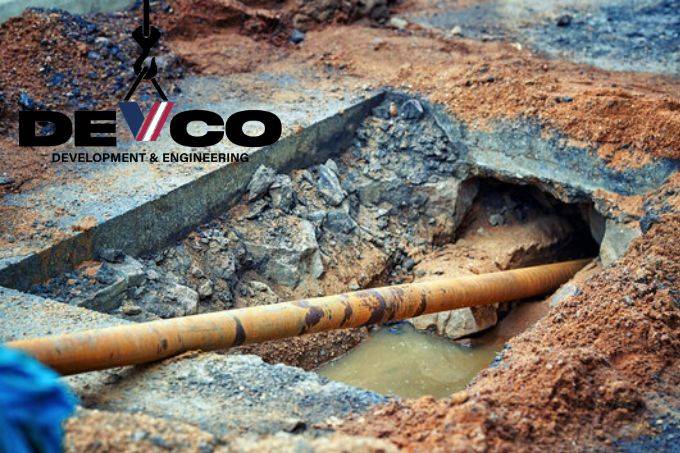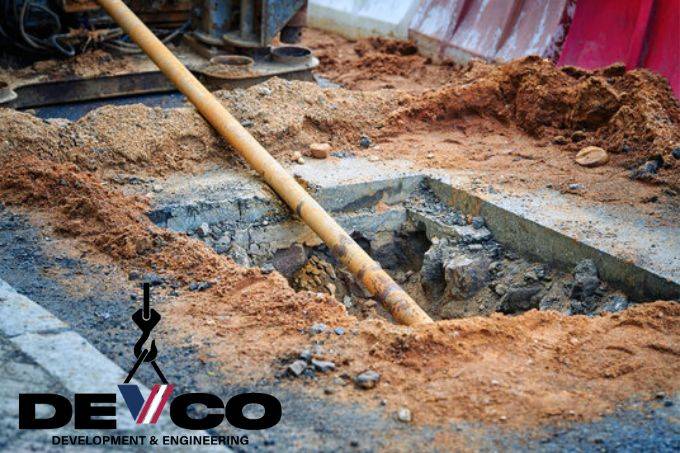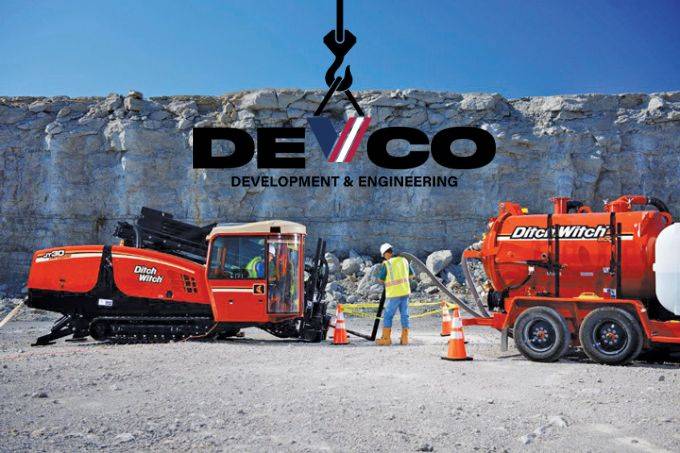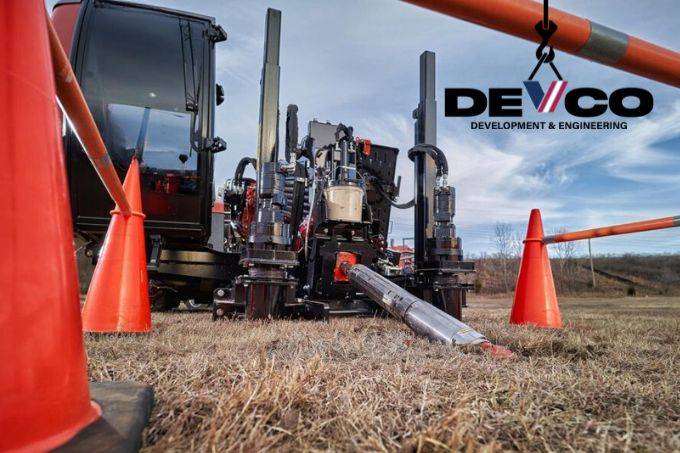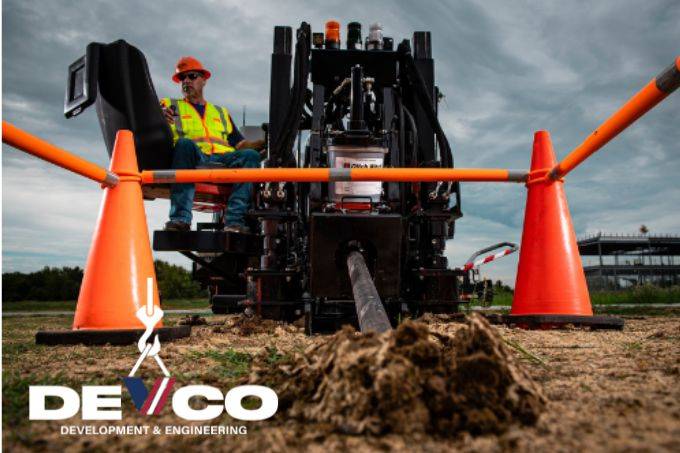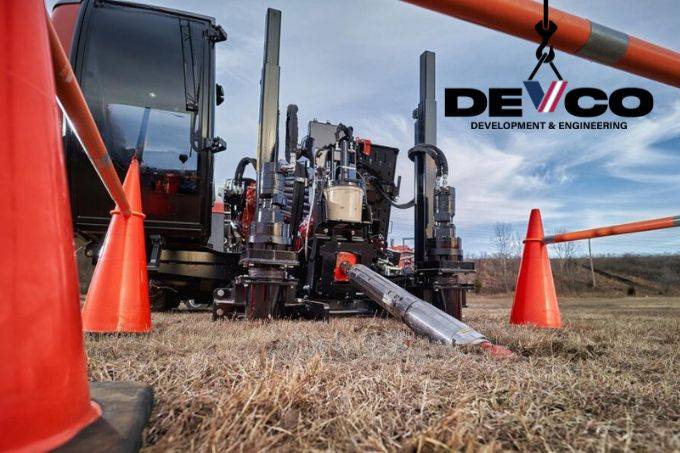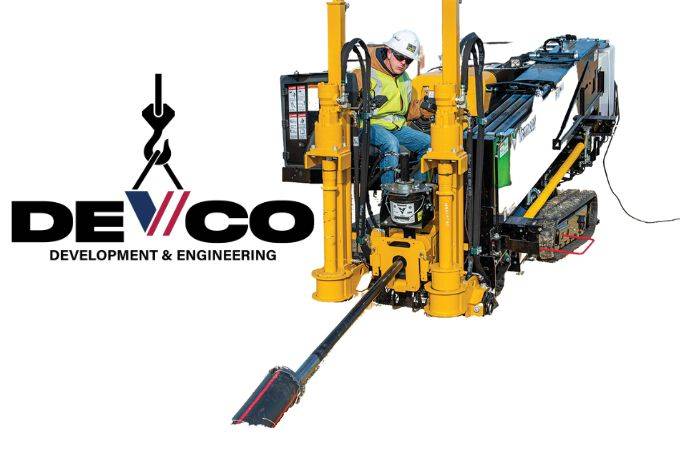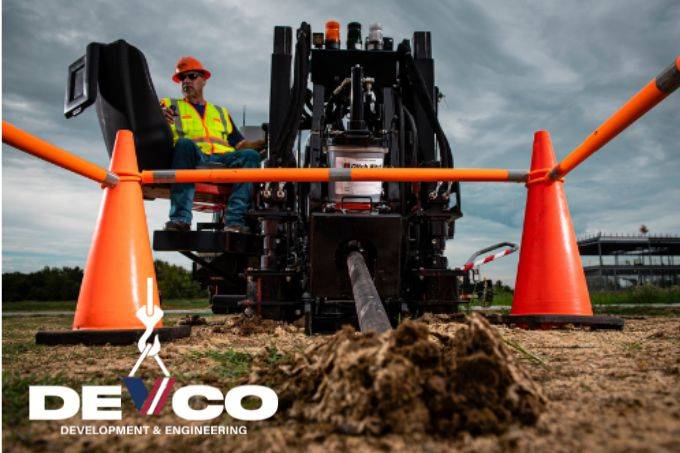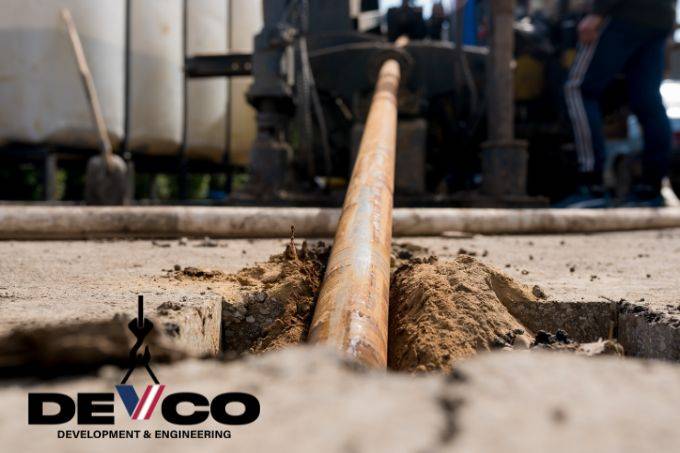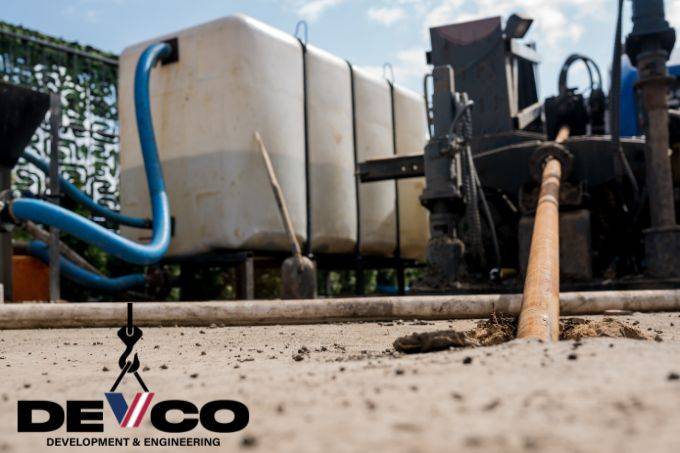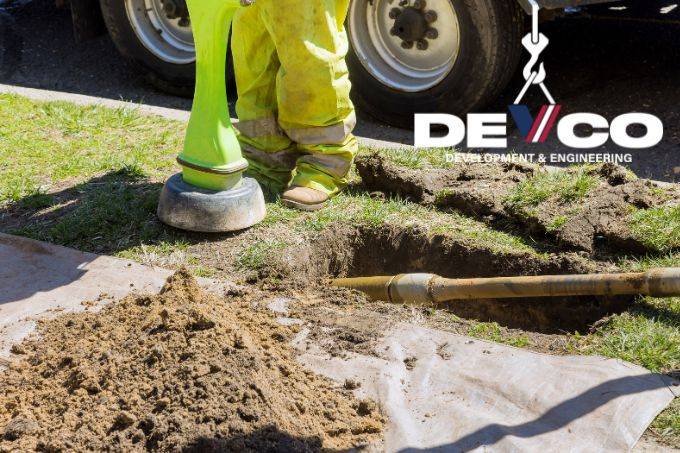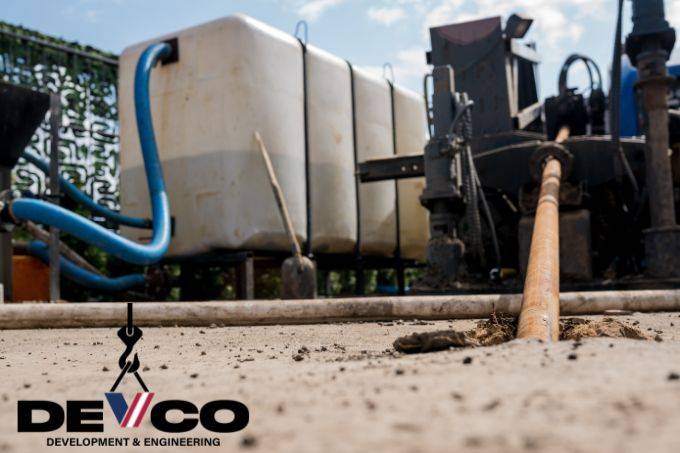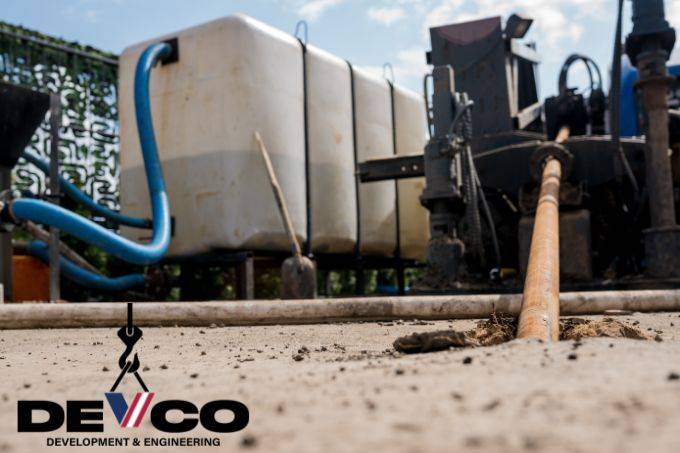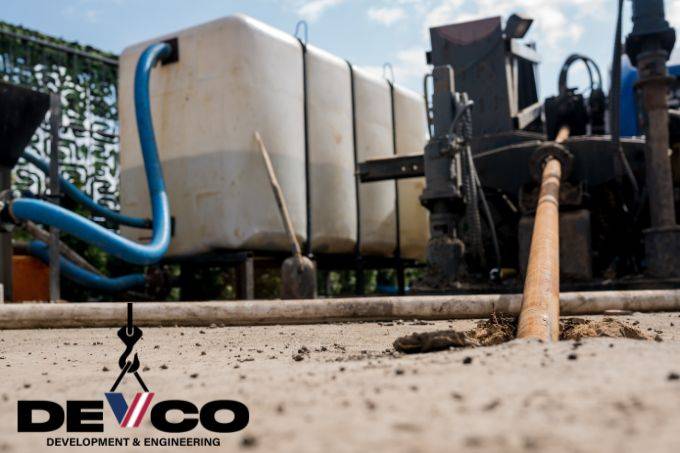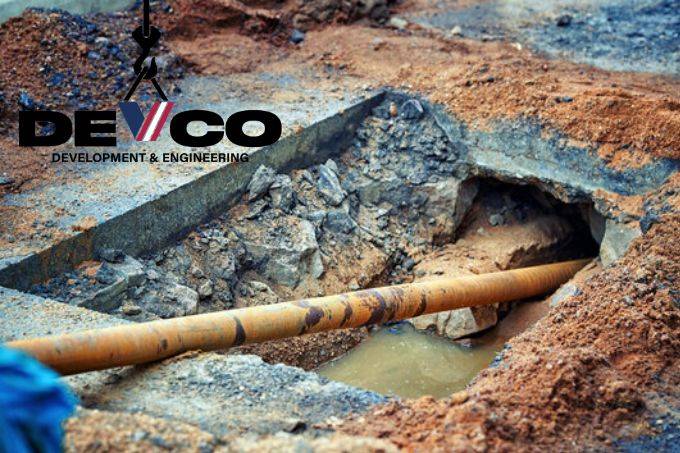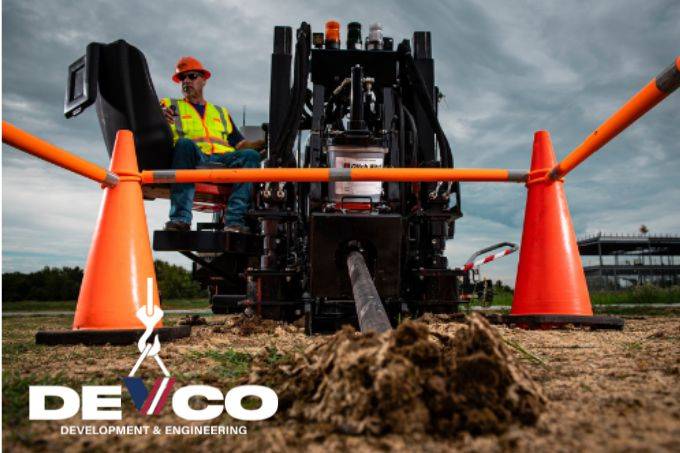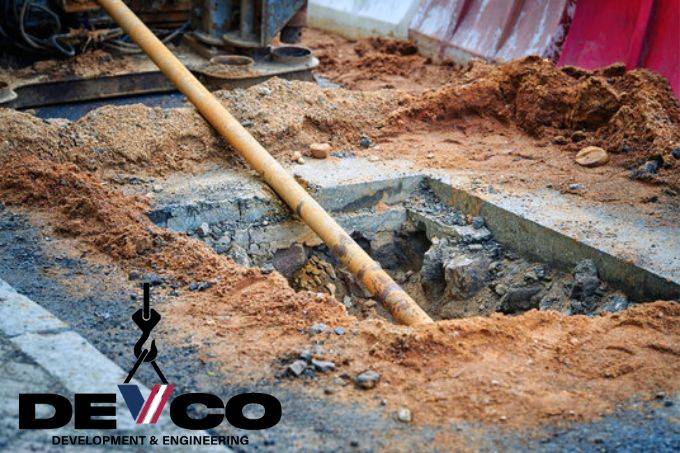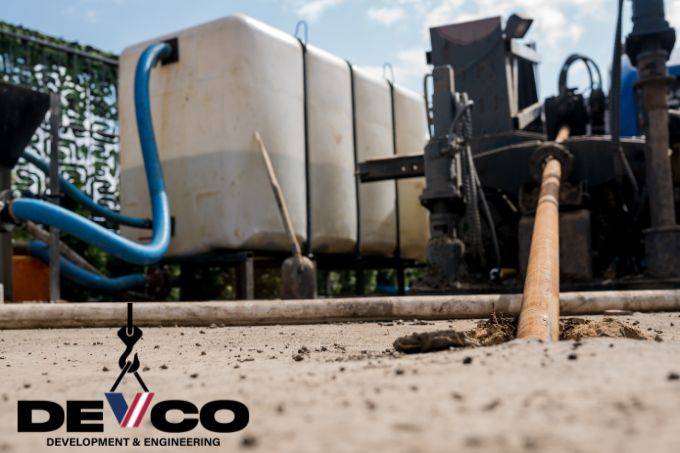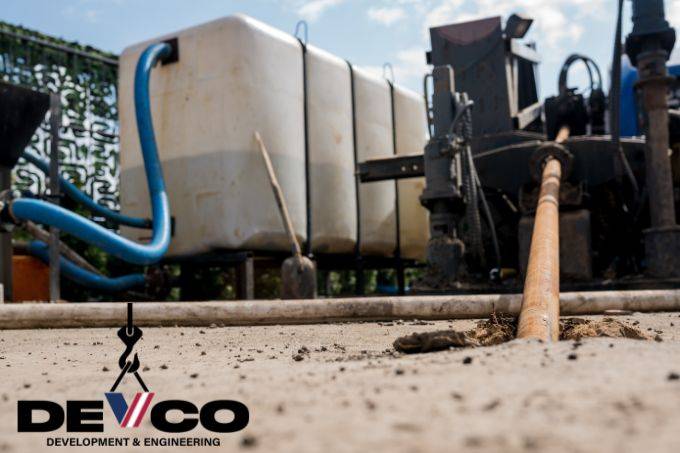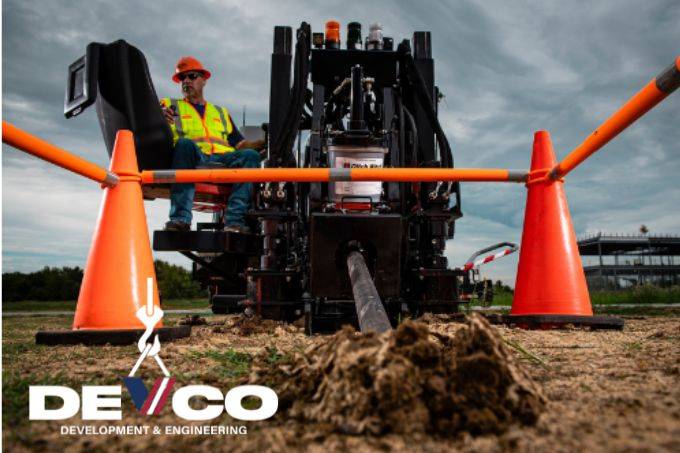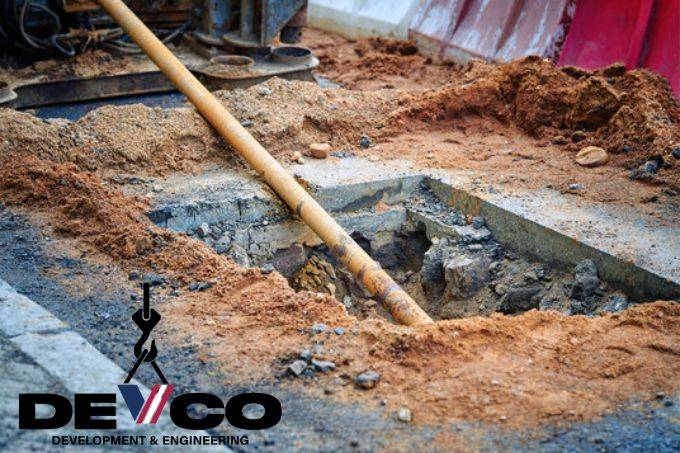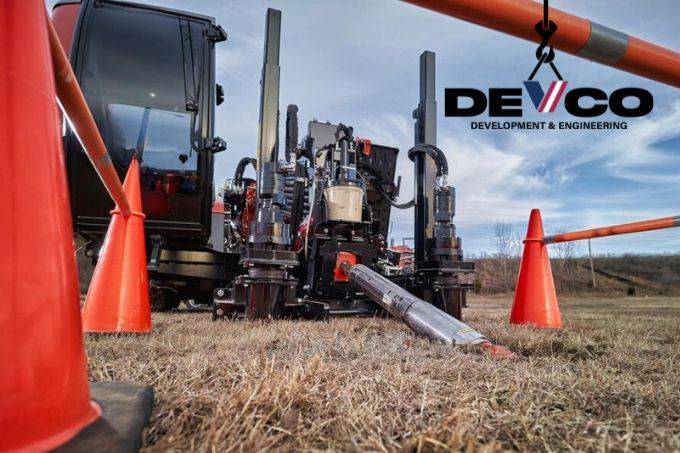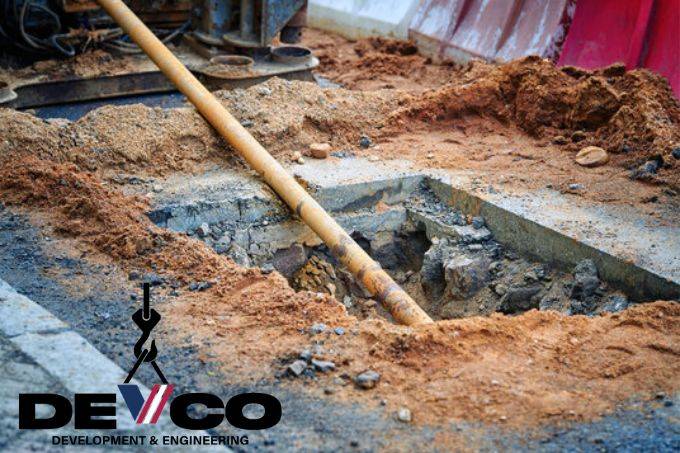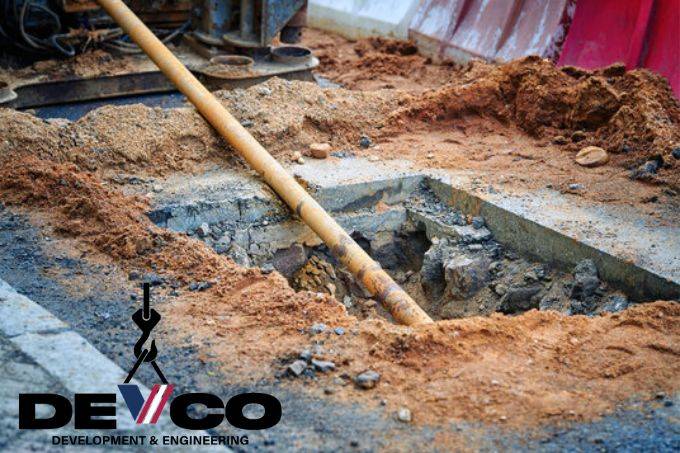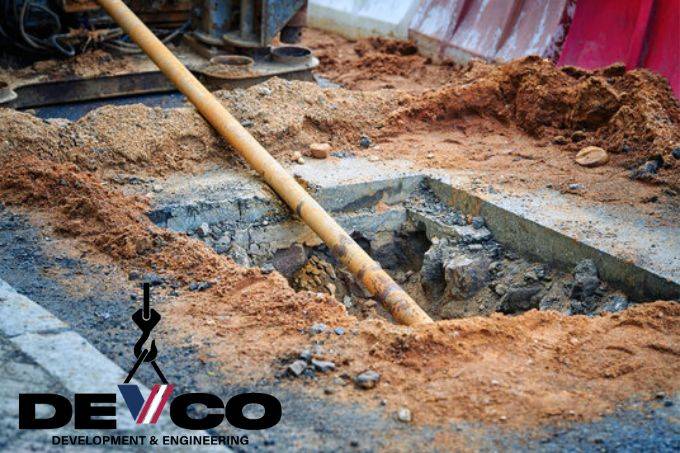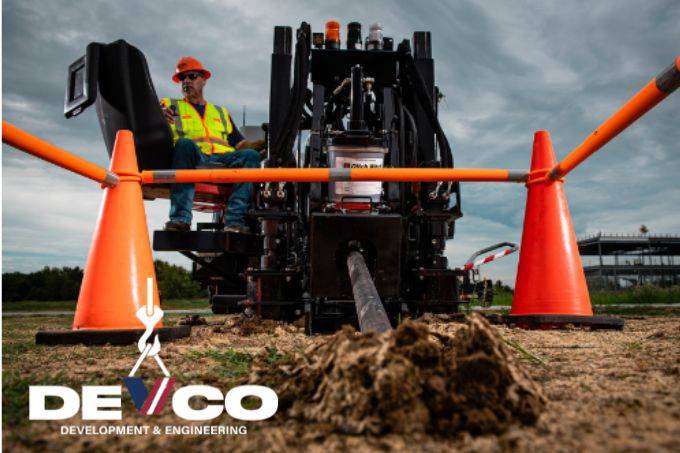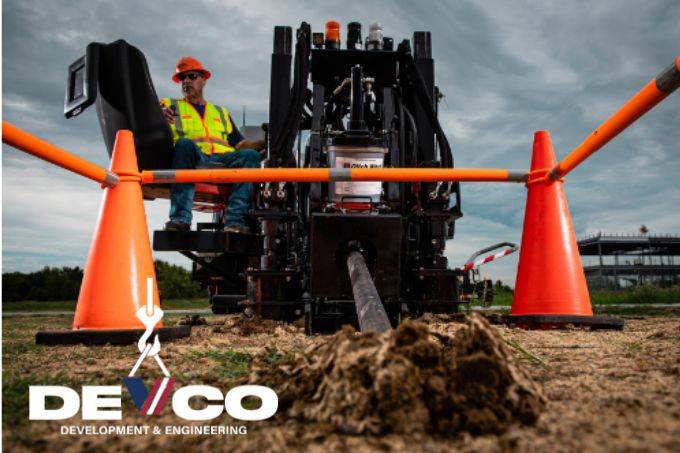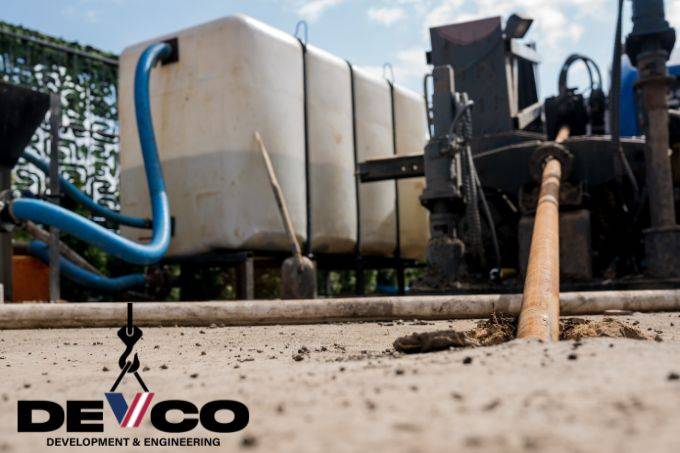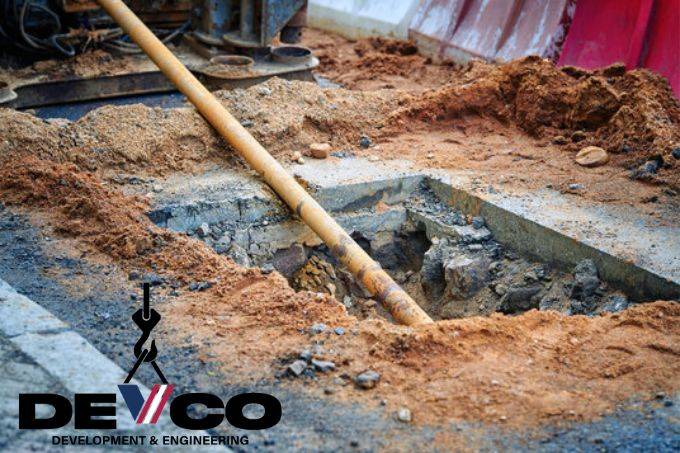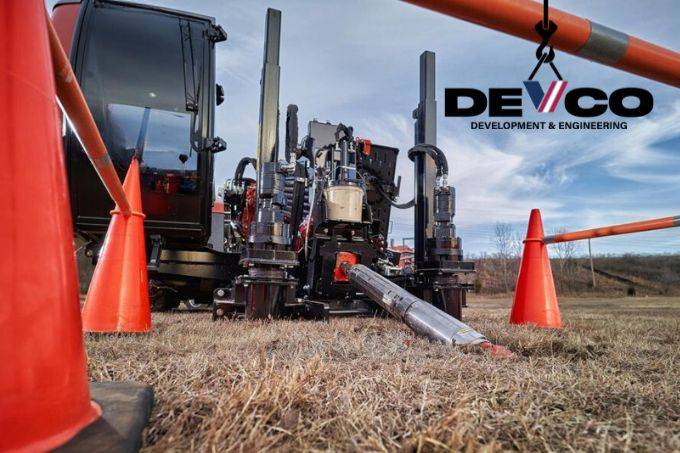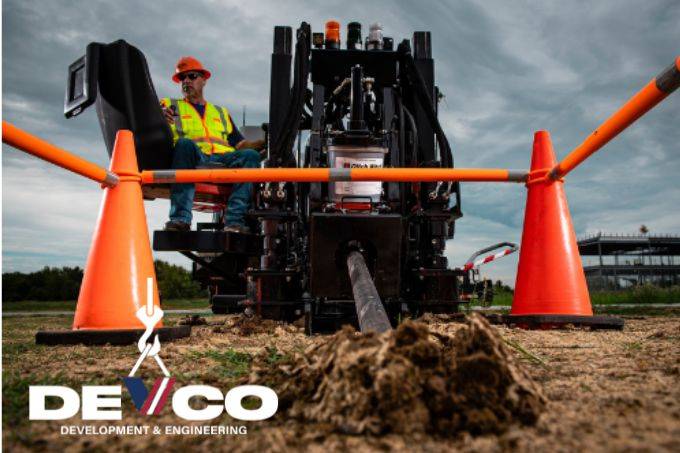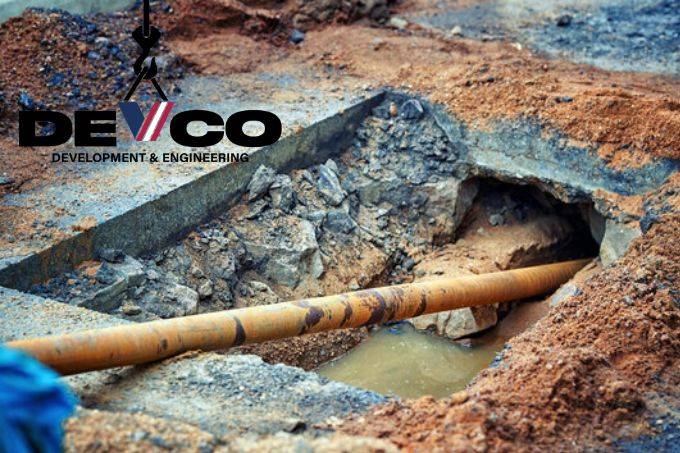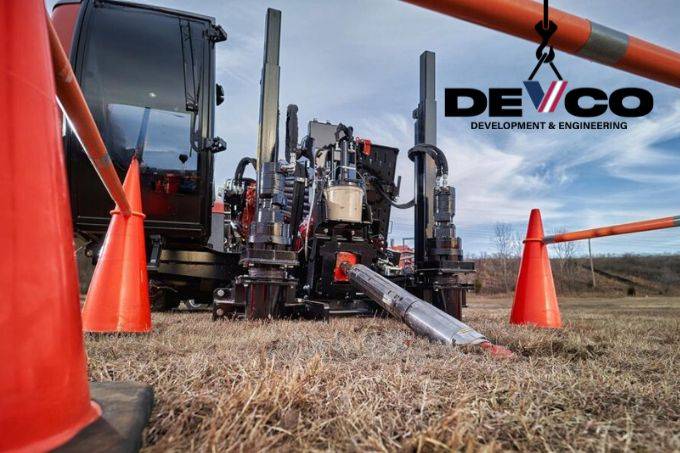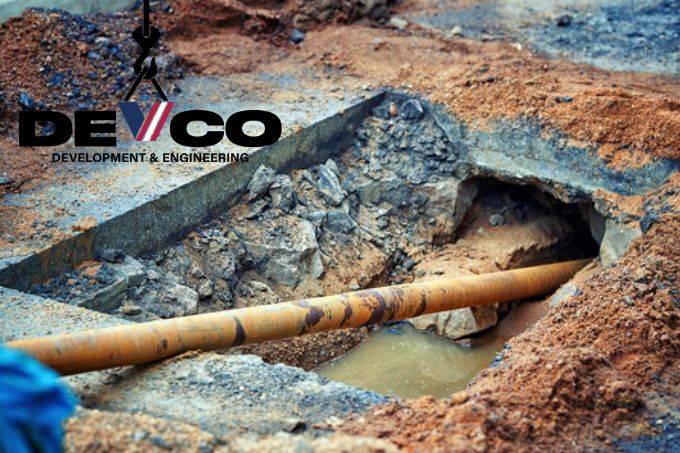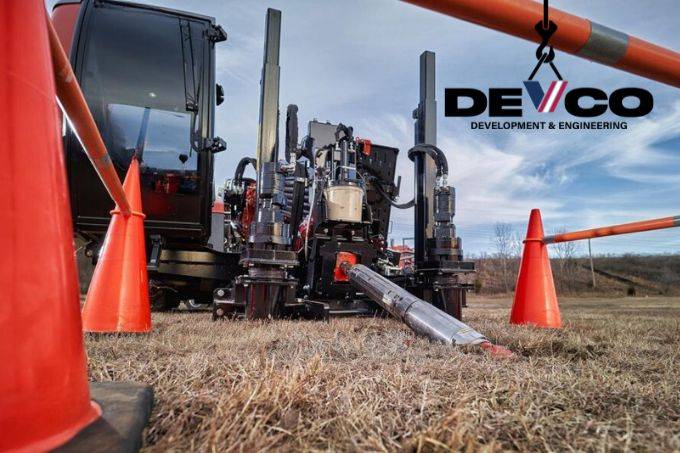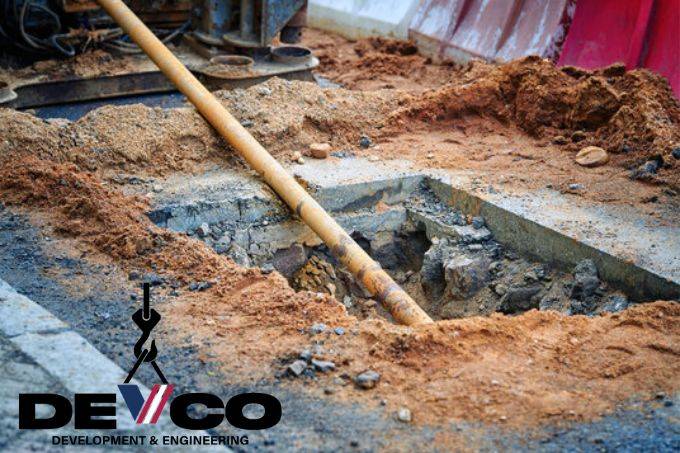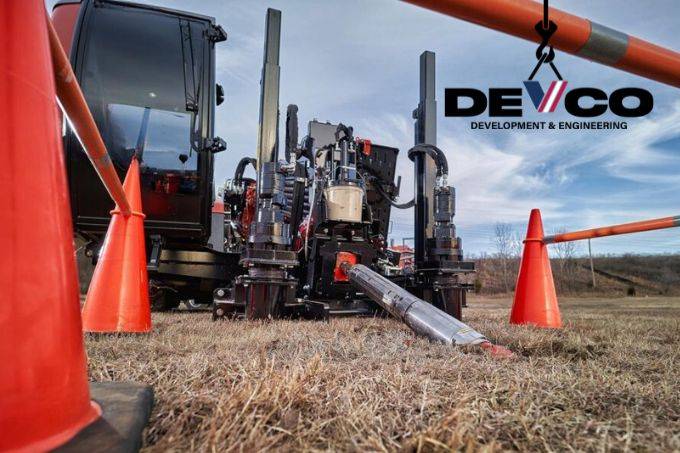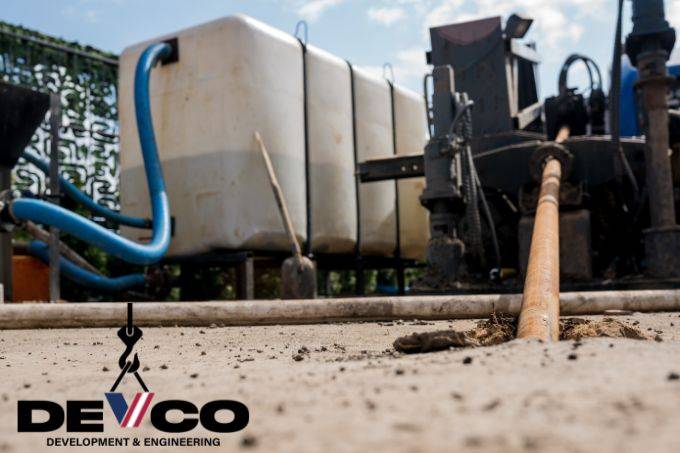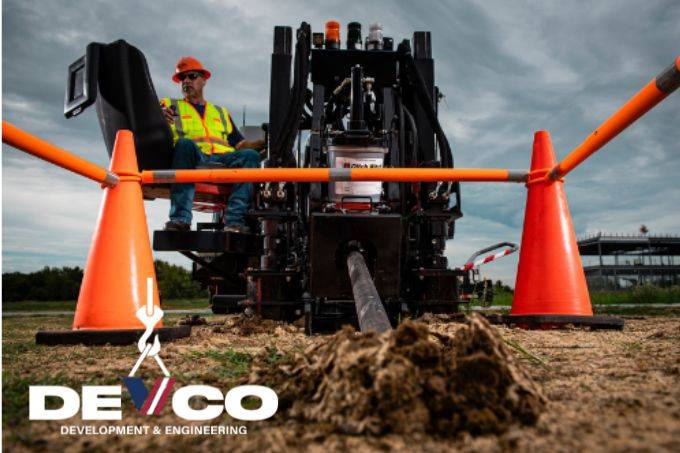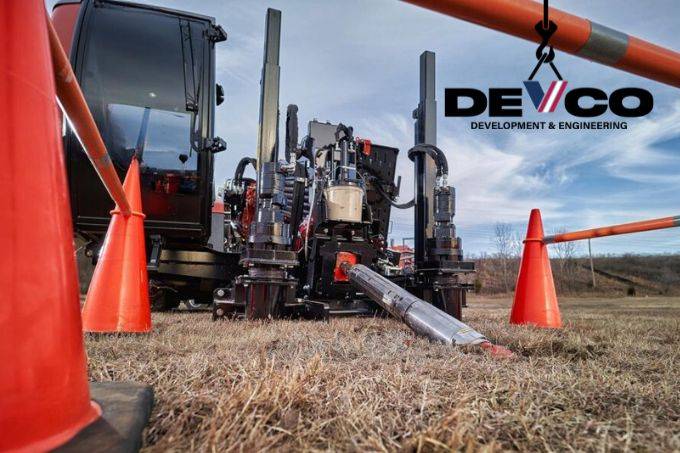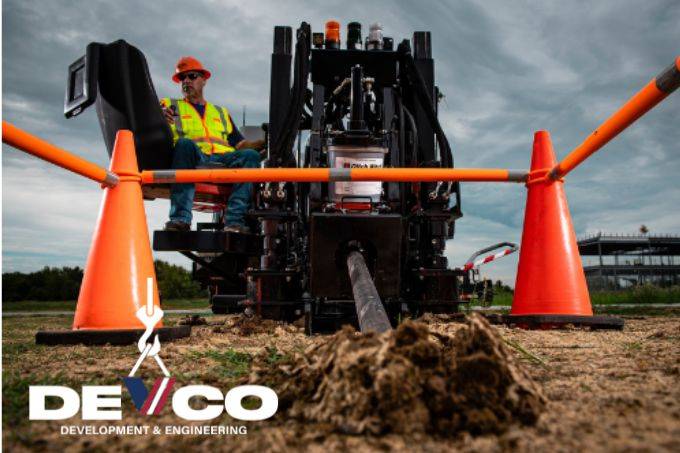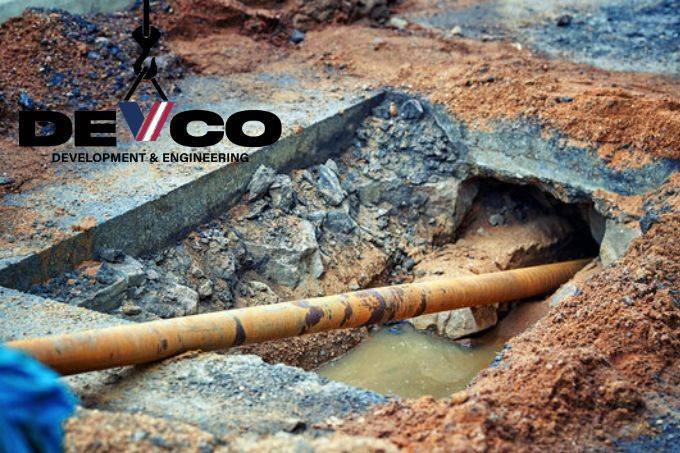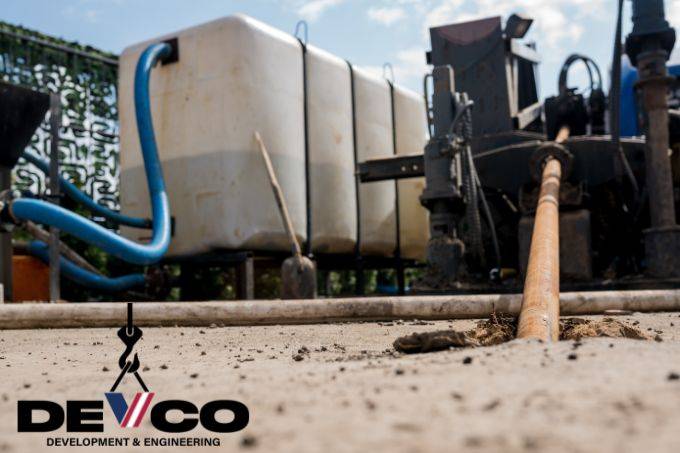HDPE vs PVC
When contemplating the best materials for your next construction or municipal water distribution project, it’s crucial to understand the distinctions between High-Density Polyethylene (HDPE) and Polyvinyl Chloride (PVC). Both materials have their own unique sets of strengths and applications, making them suitable for various situations. However, choosing the right one can lead to not only a more efficient and cost-effective project but also a longer-lasting infrastructure solution. In this comprehensive comparison, we delve into the specifics of HDPE and PVC, focusing on their characteristics, applications, and the innovative technique of directional drilling.
Understanding the Basics
HDPE at a Glance
HDPE is renowned for its high tensile strength, flexibility, and resistance to a wide range of temperatures. This thermoplastic polymer is particularly noted for its ability to handle pressurized water, making it an ideal choice for municipal water distribution systems. Furthermore, its resistance to a wide variety of chemicals and its ability to be welded into nearly zero-leak joints, make it not only a safe choice but also an environmentally friendly one.
PVC in Focus
On the other hand, PVC is recognized for its rigidity and cost-efficiency. It’s a popular choice in construction for piping, sewage, and drainage systems due to its lightweight nature and excellent resistance to abrasion and chemicals. Although PVC also serves well in water and sewage applications, its lower flexibility compared to HDPE makes it less suitable for situations where ground movement might occur.
Key Differences That Matter
Highlighting the principal differences between HDPE and PVC sheds light on their suitability for various applications:
- Flexibility and Strength: HDPE’s flexibility allows it to withstand impacts and a broad range of temperatures (-40 to 140 degrees Fahrenheit). This makes it incredibly suitable for conditions that require durability and the ability to adapt to the movements of the earth, such as in areas prone to earthquakes. PVC, while strong and durable under compressive forces, lacks this level of flexibility.
- Chemical Resistance: Both materials exhibit resistance to chemicals, but HDPE’s non-reactive nature makes it more consistently reliable across a broader spectrum of substances, including certain acids and oils that might degrade other materials.
- Installation Techniques: HDPE’s adaptability to directional drilling – a minimally invasive technique that allows for installing infrastructure with minimal disruption to the existing environment – highlights another advantage over PVC. This method not only saves time and costs in urban areas but also lessens environmental impact, making it a choice of growing popularity for municipal and construction projects.
- Environmental Impact and Safety: HDPE is often cited for its lower environmental impact over the lifecycle of the material. Its ability to be fully recycled contributes to a more sustainable construction model. Meanwhile, PVC’s manufacturing and disposal process, involving chlorine, raises concerns regarding its environmental footprint.
Applications and Cost Considerations
Choosing between HDPE and PVC often comes down to the specific needs of your project:
- Municipal Water Distribution: HDPE, with its durability, flexibility, and zero-leak welding capabilities, stands out as the preferred option for modern water systems, ensuring safe and long-lasting water delivery.
- Construction and Infrastructure: PVC may be more cost-effective for certain applications where flexibility and thermal resistance aren’t as critical, such as in short-term or low-stress installations.
- Cost-Efficiency Over Time: While the initial investment in HDPE might be higher than PVC, the longevity, reduced maintenance, and fewer repair needs of HDPE can lead to significant cost savings in the long term.
The Role of Directional Drilling
Directional drilling is a technique well-suited to the malleability and strength of HDPE, allowing for the installation of pipes under obstacles like rivers, buildings, or busy streets without major excavation. This not only preserves the above-ground environment but also significantly reduces the costs and time associated with traditional trenching methods. PVC’s rigidity and susceptibility to cracking under stress make it less ideal for this method, although it is still used in cases where its other properties are deemed more important.
Conclusion
In sum, the decision between HDPE and PVC for your next project involves a nuanced assessment of the materials’ strengths, applications, and the specifics of your project’s environment. If your project demands flexibility, durability, and an environmentally friendly approach, especially in municipal water distribution systems, HDPE is the clear choice. Meanwhile, PVC may be favored for its cost-effectiveness and rigidity in certain construction applications.
Considering the advantages of directional drilling, HDPE’s compatibility further solidifies its position as a material of choice for projects looking for a cost-effective, long-lasting, and minimally invasive installation method.
Selecting between these two materials ultimately depends on understanding the specific requirements of your project and the long-term value you intend to create. Whether it’s HDPE or PVC, ensuring that your project’s material selections are based on both immediate needs and future longevity is key to a successful and sustainable outcome. To read a great white paper, be sure to check out HDPE Municipal Water Distributions Systems White paper.

